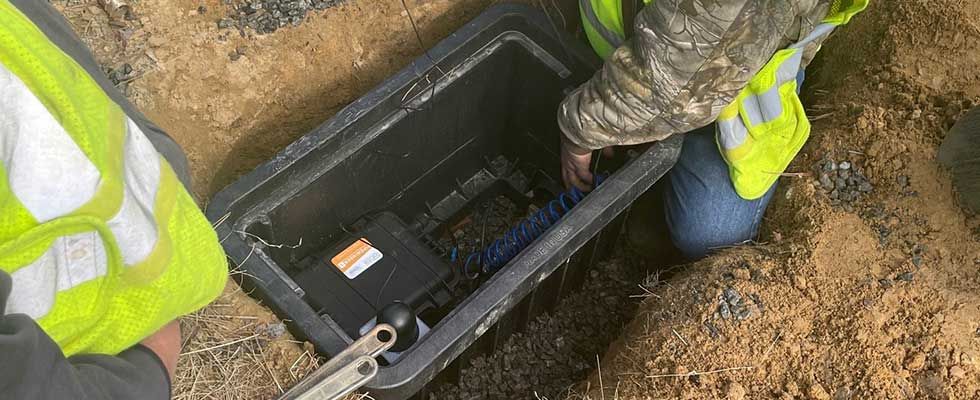
Despite an overall improvement in performance across service organizations, the average cost for field service rose 7% in 2022, according to Aquant’s 2023 Service Intelligence Benchmark Report. Service leaders are grappling with the realities of a looming recession while continuing to deal with issues that arose from the pandemic. This includes the surge in parts costs due to supply chain shortages, rising labor costs, and a steadily increasing skills gap caused by the retirement of experienced technicians who are leaving before a new wave of younger, equally-knowledgeable workers can replace them.
While organizations can’t control an imminent recession or make themselves immune to its effects, what leaders can control is their response and set their businesses up for success amidst an economic shift. The service leaders who invest in the right tools to manage their workforce’s performance now will positively impact the business long-term. Alternatively, businesses that don’t invest in technology will slowly fall out of the competitive set.
To report on these findings, Aquant gathered data from 113 organizations, including service divisions within original equipment manufacturers (OEMs) and third-party service organizations across manufacturing, medical devices, capital equipment, HVAC, commercial appliances, and more. This data consists of information from more than 16.2 million work orders, and input from nearly 125,000 technicians. The report sought to analyze the service landscape, focusing on key challenges within the industry and the success and failures of companies trying to adapt to the new normal. The report discovered four key findings, including:
Top-performing orgs are improving, while lower-performing orgs are facing more challenges
Top-performing organizations are combating the challenges of inflation by narrowing the skills gap, while lower-performing organizations have a widening gap in workforce performance. Top-performing orgs have a 16% difference in cost per resolution between top-performing workers and bottom-performers, down from 24% last year. Lower-ranking organizations have a 164% difference in cost per resolution between top-performers and bottom-performers, significantly up from 104% since last year.
Why are the good getting better and bottom performing organizations getting worse? Anecdotally, from speaking with analysts, clients, other service experts, the general consensus is lower-performing organizations have not invested in the tools, resources, or people to help them keep pace with the top-performing organizations.
“Service organizations must invest in the right technology now,” said Edwin Pahk, VP of Growth at Aquant. “Organizations that don’t invest in the right tools to monitor and properly train their workforce will not be around in five years due to the rapidly increasing cost of service. Bad service mixed with lower-performing employees costs more than good service with higher-performing employees.”
The skills gap is expensive
In 2022, service organizations still faced hiring challenges, leaving the industry with tens of thousands of unfilled jobs. Some reports estimate there will be an industry-wide shortage of three million skilled trade workers in the next five years.
This lack of skilled workers translates to increased costs. On average, an organization’s lowest-performing employees cost 67% more than the top-performing employees, considering less-skilled workers are more likely to order unnecessary parts and take longer to reach a resolution.
The report found that upskilling average-performing employees closer to top performers will reduce service costs by 13%. But, if every employee had the knowledge and skills to perform like the top 20% of the workforce, service costs would be reduced by 21%.
“Companies with healthy field service operational practices can improve their metrics over time because they're measuring progress in a helpful way,” said Sidney Lara, Aquant’s Service Principal. “They are also using the data to inform necessary investments in people, processes, and technology that can solve service issues. If organizations hesitate to make changes now, they are risking greater economic impact in the long term.”
First Time Fix Rate does not tell the same story it used to
For many years the sole KPI that helped organizations determine if they were successful was their FTFR rate. In 2023, however, FTFR is no longer telling the same story.
The benchmark data reflects that while FTFR has improved slightly (2.34%), all the positive benefits that are normally associated with an increase in FTFR have been lost due to inflation.
Companies who have long relied on an increase in FTFR to help their bottom line are no longer seeing the same benefits as they used to, prior to 2020. Now they need the technology in place to tell them where to cut back to make up for inflation’s skyrocketing effects on service costs.
Successful organizations are investing in the right people, processes, and technology
Service organizations can’t control parts costs. But they can and should focus on areas within their control, like managing their workforce’s performance. With the correct tools under their belt, organizations can prioritize:
-
Closing the skills gap by hiring new techs and getting them ramped up faster.
-
Reducing parts shotgunning by determining the best and most cost-effective part for the fix.
-
Solving equipment failures on the first visit—as opposed to making quick, short-term fixes that address symptoms but not the root cause.
-
Adopting a laser-focused approach to spending by reallocating resources and cutting costs where necessary.

